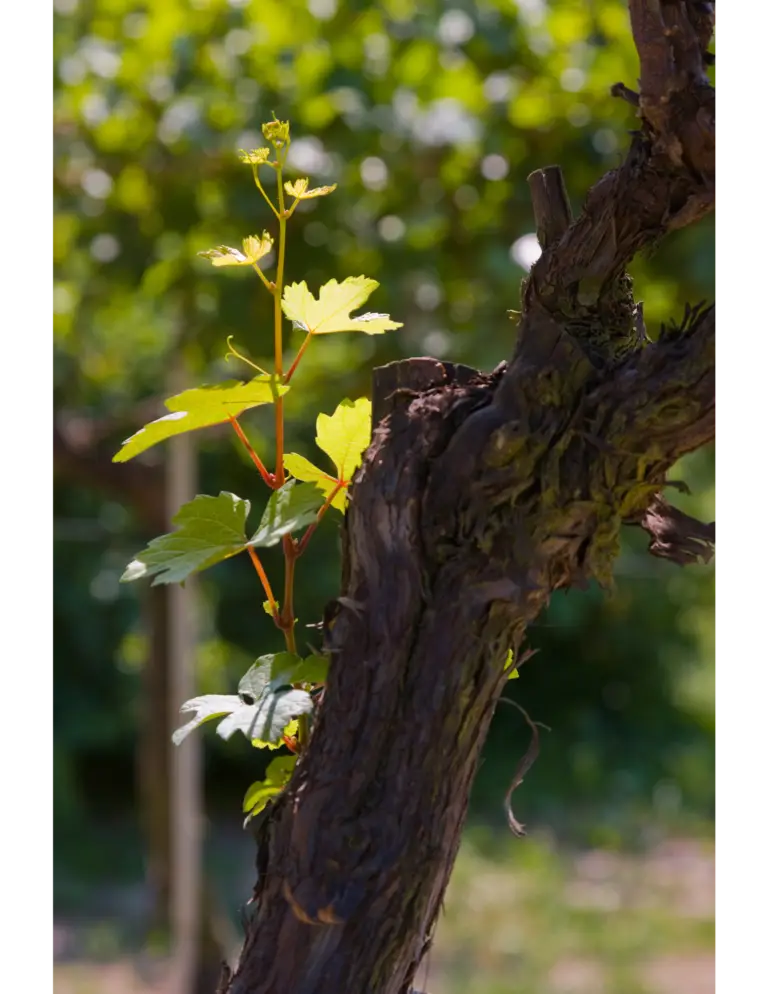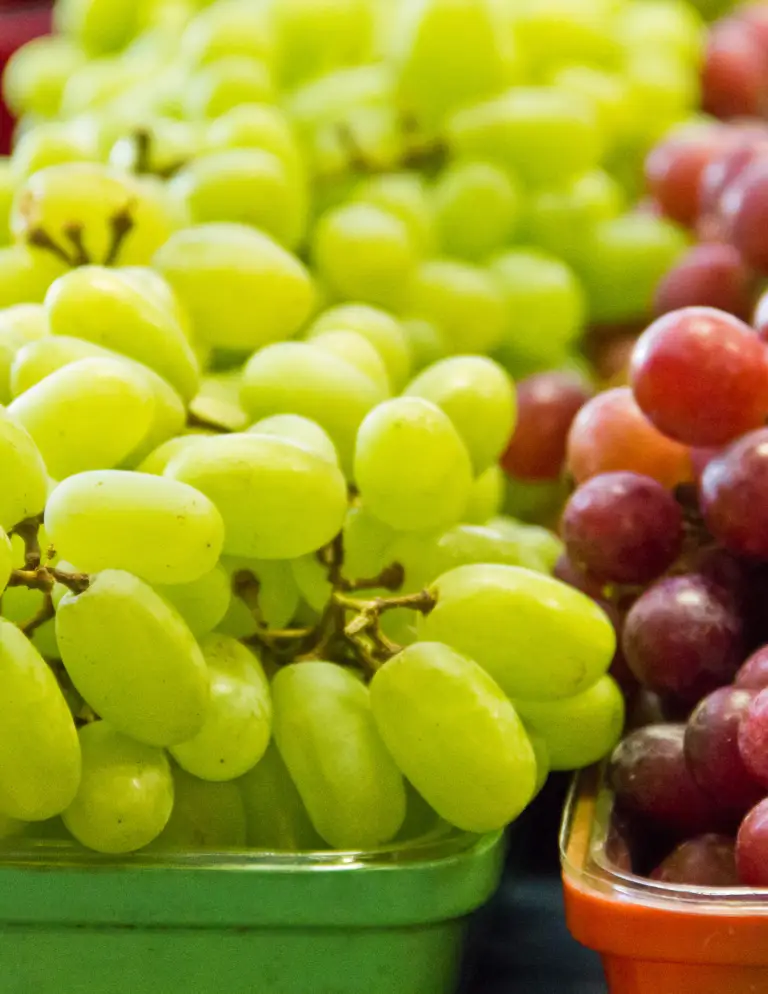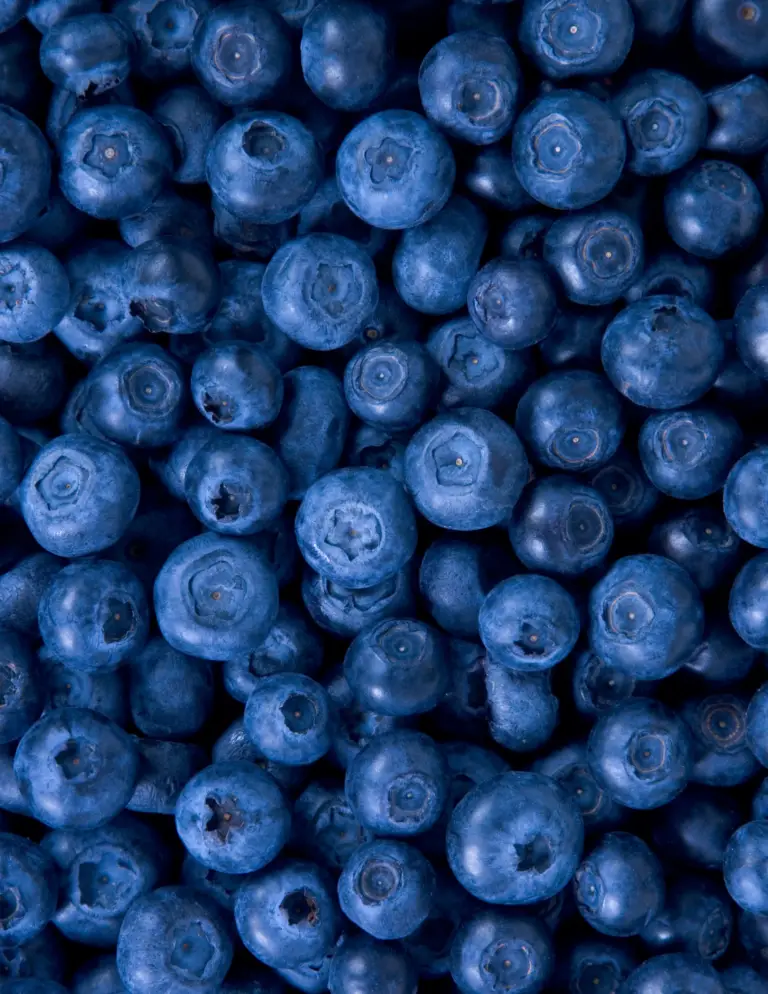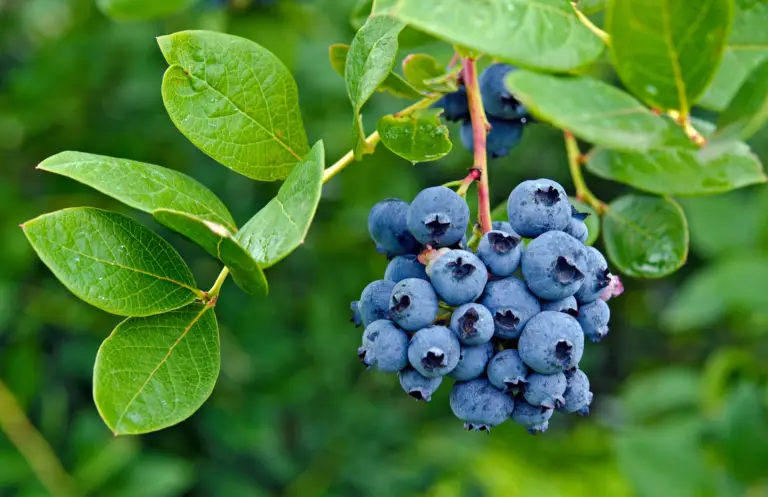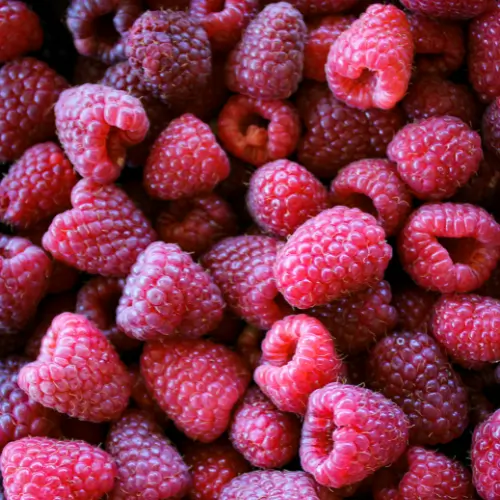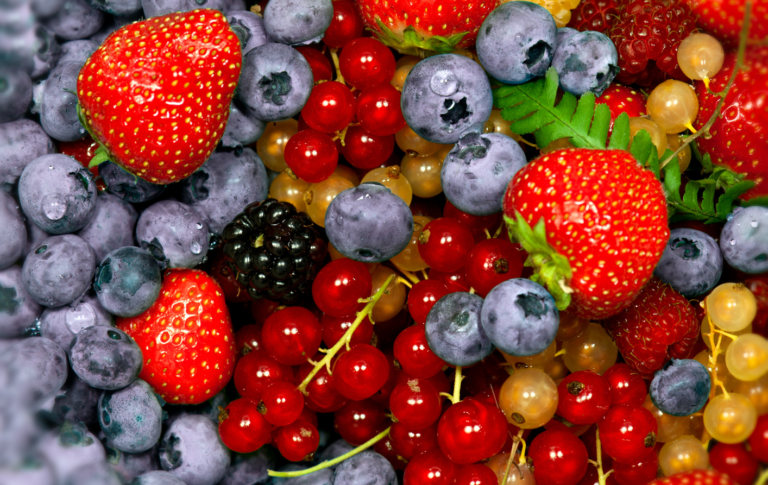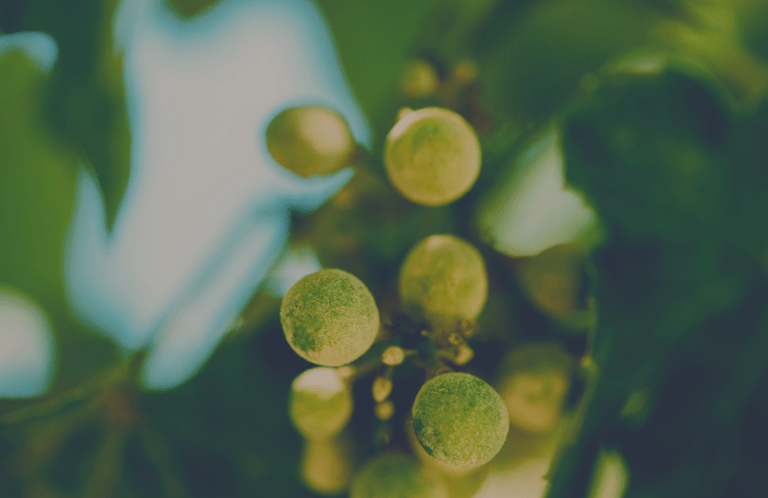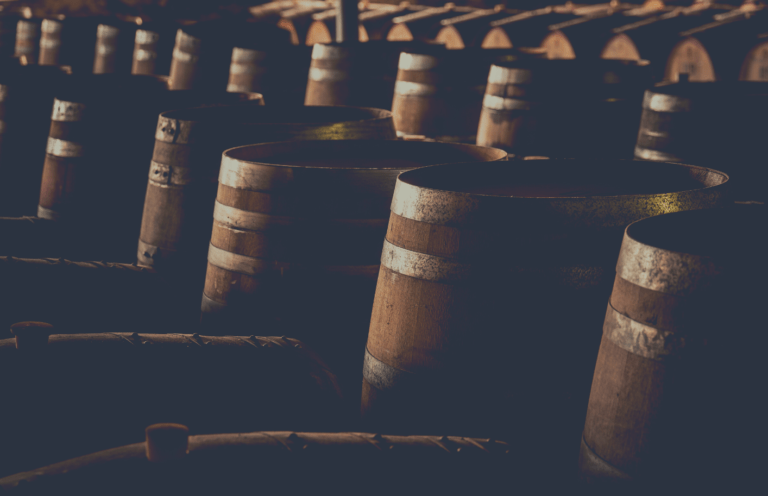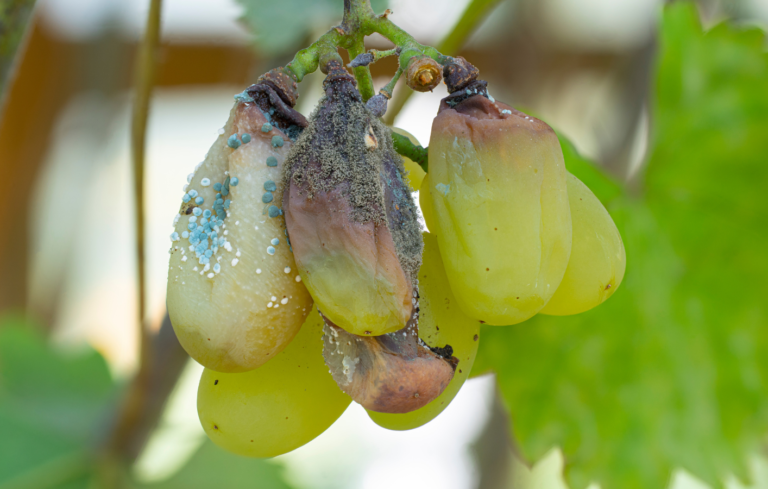Botrytis Bunch Rot: Where, When, and What to use
Overview
From 2020-2022, eleven sites from nine different vineyards in Oregon, and four in Washington were surveyed for Botrytis by sampling grape inflorescence and developing fruits, vineyard floor debris (prior year grape rachis), and nuisance blackberries. Botrytis on grape inflorescence and fruits varied from site to site and year to year likely due to yearly disease pressure differences and unique site microclimates. Prior year dead grape rachis on the vineyard floor with sporulating Botrytis infestations varied from year to year as well, but generally declined as the season progressed. Incidence of Botrytis on vineyard floor debris in all but one site in 2021 was over 75% in late April and all sites sampled decreased over time to under 25% by September. Wild nuisance blackberry flowers and fruits adjacent to the vineyard were also found to be potential sources of Botrytis inoculum throughout the season. Inoculum estimation from historical spore trap DNA samples originally taken to monitor powdery mildew in the Willamette Valley were re- assayed for Botrytis inoculum.

